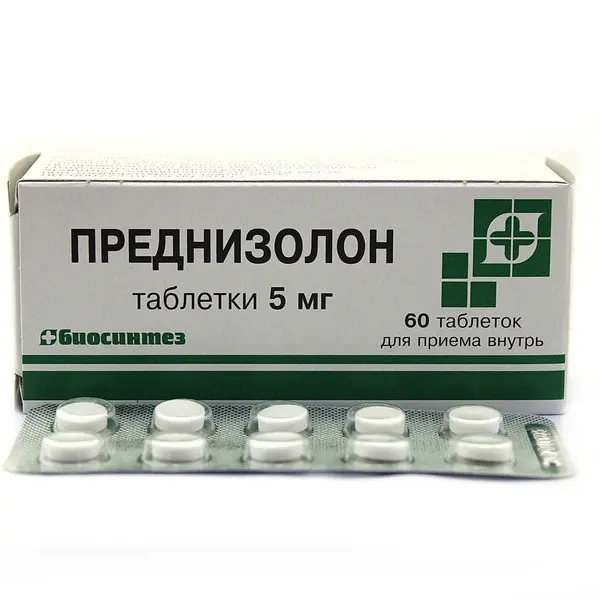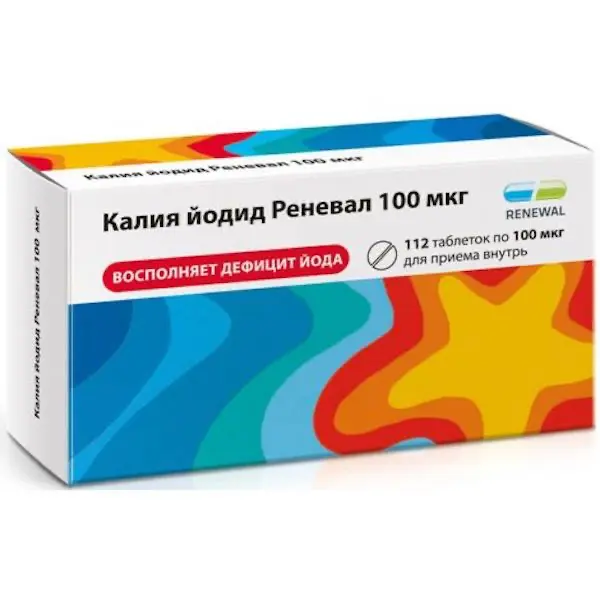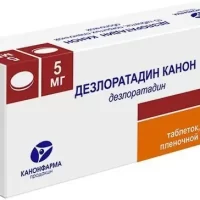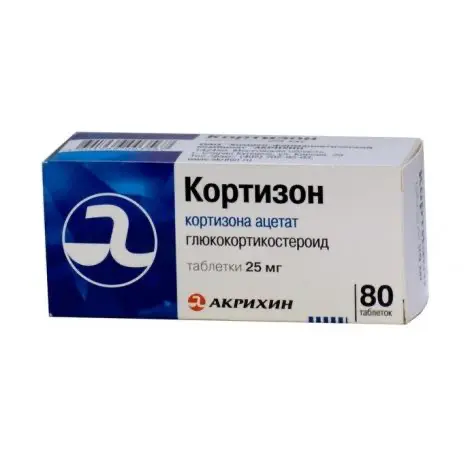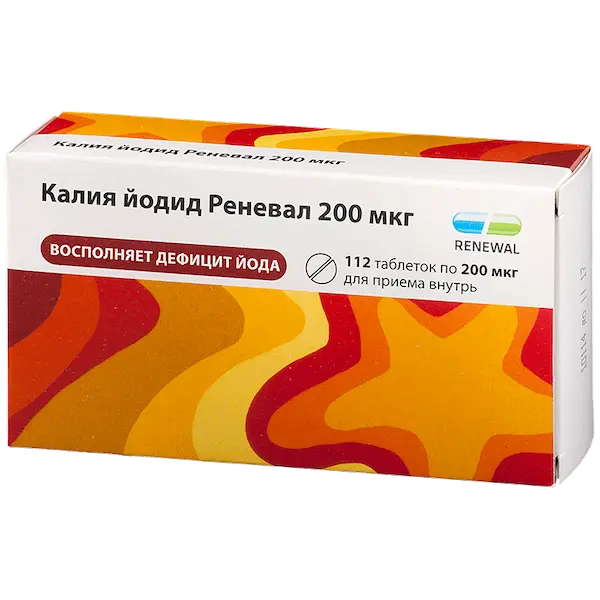Description
Prednisolone Pharmacodynamics
Prednisolone is a synthetic glucocorticosteroid drug, a dehydrated analog of hydrocortisone. It has anti-inflammatory, anti-allergic, immunosuppressive and anti-shock effects, increases the sensitivity of beta-adrenoreceptors to endogenous catecholamines.
It interacts with specific cytoplasmic receptors (all tissues have receptors for glucocorticosteroids (GCS), especially the liver) to form a complex that induces protein formation (including enzymes that regulate vital processes in cells).
Anti-inflammatory action is associated with inhibition of release of inflammatory mediators by eosinophils and mast cells; induction of formation of lipocortins and reduction of the number of mast cells producing hyaluronic acid; reduction of capillary permeability; stabilization of cell membranes (especially lysosomal) and organelle membranes. Acts on all stages of the inflammatory process: inhibits the synthesis of prostaglandins (Pg) at the level of arachidonic acid (lipokortin inhibits phospholipase A2, suppresses the release of arachidonic acid and inhibits the biosynthesis of endoperoxides, leukotrienes that contribute to processes of inflammation, allergy, etc.). ), the synthesis of “pro-inflammatory cytokines” (interleukin 1, tumor necrosis factor alpha, etc.); increases the resistance of the cell membrane to the action of various damaging factors.
Influence on protein metabolism: reduces the amount of globulin in plasma, increases the synthesis of albumin in the liver and kidneys (with increased albumin/globulin ratio), reduces synthesis and increases protein catabolism in muscle tissue.
Influence on lipid metabolism: increases the synthesis of higher fatty acids and triglycerides, redistributes fat (fat accumulation occurs mainly in the shoulder girdle, face, abdomen), leads to hypercholesterolemia.
Effect on carbohydrate metabolism: increases the absorption of carbohydrates from the gastrointestinal tract; increases the activity of glucose-6-phosphatase (increased glucose flow from the liver into the blood); increases the activity of phosphoenolpyruvate carboxykinase and synthesis of aminotransferases (activation of gluconeogenesis); promotes hyperglycemia.
Effect on water-electrolyte metabolism: retains sodium ions (Na+) and water in the body, stimulates excretion of potassium ions (K+) (mineralocorticosteroid activity), reduces absorption of calcium ions (Ca2+) from gastrointestinal tract, causes “washout” of calcium ions from bones and increases its renal excretion, reduces bone tissue mineralization.
Immunosuppressive effect is caused by involution of lymphoid tissue, inhibition of lymphocyte proliferation (especially T-lymphocytes), suppression of B-cell migration and interaction between T- and B-lymphocytes, inhibition of cytokine release (interleukin-1, 2; gamma interferon) from lymphocytes and macrophages and reduction of antibody formation.
Anti-allergic effect is developed as a result of decrease in synthesis and secretion of allergy mediators, inhibition of release of histamine and other biologically active substances from sensitized mast cells and basophils, reduction of circulating basophils number, suppression of lymphoid and connective tissue development, decrease of T- and B-lymphocytes, mast cells, decrease of effector cells sensitivity to allergy mediators, inhibition of antibody formation, change of body immune response.
Statement
? Systemic connective tissue diseases (systemic lupus erythematosus, scleroderma, periarteritis nodosa, dermatomyositis, rheumatoid arthritis);
? Acute and chronic inflammatory joint diseases – gouty and psoriatic arthritis, osteoarthritis (including Posttraumatic), polyarthritis, periarthritis of the shoulder, ankylosing spondylitis (Behterev’s disease), rheumatoid arthritis, including juvenile rheumatoid arthritis, Still’s syndrome in adults, bursitis, non-specific tenosynovitis, synovitis and epicondylitis;
? Acute rheumatism, acute rheumocarditis;
? Bronchial asthma;
? Acute and chronic allergic diseases – including allergic reactions to drugs and food, serum sickness, urticaria, allergic rhinitis, drug exanthema, pollinosis, etc. ?
? Skin diseases – vesicles, psoriasis, eczema, atopic dermatitis (widespread neurodermitis), contact dermatitis (with involvement of a large surface of the skin), toxiderma, seborrheic dermatitis, exfoliative dermatitis, toxic epidermal necrolysis (Lyell syndrome), bullous herpetiform dermatitis, Stevens-Johnson syndrome;
? Cerebral edema (only after confirmation of symptoms of increased intracranial pressure by magnetic resonance or computed tomography) due to a brain tumor and/or associated with surgery or radiation therapy, after parenteral administration of prednisolone;
? Allergic eye disease: allergic forms of conjunctivitis;
? Inflammatory eye diseases – sympathetic ophthalmia, severe flaccid anterior and posterior uveitis, optic neuritis;
? Primary or secondary adrenal insufficiency (including conditions after adrenal removal). Hydrocortisone or cortisone are the drugs of choice; if necessary, synthetic analogs may be used in combination with mineralocorticosteroids; the addition of mineralocorticosteroids in children is especially important;
? Congenital adrenal hyperplasia;
? Kidney disease of autoimmune genesis (including acute glomerulonephritis); nephrotic syndrome (including against a background of lipoid nephrosis);
? Subacute thyroiditis;
? Diseases of the blood and hematopoietic system – agranulocytosis, panmyelopathy, autoimmune hemolytic anemia, lymph- and myeloid leukemia, lymphogranulematosis, thrombocytopenic purpura, secondary thrombocytopenia in adults, erythroblastopenia (erythrocytic anemia), congenital (erythroid) hypoplastic anemia;
? Interstitial lung diseases – acute alveolitis, pulmonary fibrosis, stage II-III sarcoidosis;
? Tuberculous meningitis, pulmonary tuberculosis, aspiration pneumonia (in combination with specific chemotherapy);
? Berylliosis, Leffler’s syndrome (not amenable to other therapy); lung cancer (in combination with cytostatics);
? Multiple sclerosis;
? Gastrointestinal diseases – ulcerative colitis, Crohn’s disease, localized enteritis;
? Hepatitis;
? Prevention of transplant rejection reactions in organ transplants;
? Hypercalcemia on the background of cancer;
? Myeloma disease.
Contraindications
Hypersensitivity to prednisolone or any of the excipients, lactase deficiency, lactose intolerance, sucrose/isomaltase deficiency, sucrose intolerance, glucose-galactose malabsorption; systemic mycosis; concomitant use of live and attenuated vaccines with immunosuppressive doses of the drug; eye infection caused by herpes simplex virus (because of the risk of corneal perforation); breastfeeding period; children under 3 years of age.
It is not recommended to use the drug in patients with acute or subacute myocardial infarction because of the risk of spreading of the focus of necrosis, delayed formation of scar tissue and as a consequence, rupture of the heart muscle.
The drug should be used with caution in the following diseases and conditions:
? gastrointestinal diseases – gastric and duodenal ulcer, esophagitis, gastritis, acute or latent peptic ulcer, newly created intestinal anastomosis, ulcerative colitis with the threat of perforation or abscessing, diverticulitis;
Parasitic and infectious diseases of viral, fungal or bacterial nature (current or recent, including recent contact with a patient) – herpes simplex, herpes zoster (viremic phase), varicella, measles; amebiasis, strongyloidosis; active or latent tuberculosis. Use in severe infectious diseases is admissible only against the background of specific antimicrobial therapy;
Pre- and post-vaccination period (8 weeks before and 2 weeks after vaccination), lymphadenitis after BCG vaccination. Immunodeficiencies (including AIDS or HIV infection);
Cardiovascular diseases, including chronic heart failure, arterial hypertension, hyperlipidemia;
Endocrine diseases – diabetes (including impaired tolerance to carbohydrates), thyrotoxicosis, hypothyroidism, obesity (III-IV stage);
? severe chronic renal and/or hepatic insufficiency, nephrourolithiasis;
? hypoalbuminemia and conditions that predispose to its occurrence (liver cirrhosis, nephrotic syndrome);
? seizure syndrome;
? elderly patients (high risk of osteoporosis and arterial hypertension);
? history of thromboembolic complications or predisposition to the development of these conditions;
? history of mental disorders; acute psychosis;
? systemic osteoporosis, myasthenia gravis, poliomyelitis (except for bulbar encephalitis), open- and closed-angle glaucoma;
? pregnancy.
In children during growth, GCS should be used only with absolute indications and under the special close supervision of the attending physician.
Use during pregnancy and breastfeeding
Prednisolone readily crosses the placenta.
During pregnancy (especially in I trimester) or in women planning pregnancy Prednisolone is indicated only when the expected medical effect exceeds the risk of negative effect of Prednisolone on mother and fetus. GCS should be administered during pregnancy only for absolute indications.
If prolonged therapy during pregnancy, fetal growth is impaired. In the third trimester of pregnancy there is a risk of adrenal cortex atrophy in the fetus, which may require substitution therapy for the newborn. Children born to mothers who received prednisolone during pregnancy should be carefully examined to detect possible symptoms of adrenal insufficiency in a timely manner.
There have been cases of cataracts in newborns whose mothers received GCS during pregnancy.
Close monitoring of pregnant women with gestosis in the second half of pregnancy, including preeclampsia after GCS use, is necessary.
The effect of GCS on the course and outcome of labor is unknown.
Since GCSs penetrate into breast milk, it is recommended to stop breastfeeding if it is necessary to use the drug during breastfeeding.
- Inside, with a small amount of fluid.
- Dose of the drug and duration of treatment set by the doctor individually, depending on the indication and severity of the disease. The selection of the dose and duration of therapy is also determined by the patient’s reaction to treatment.
- It is recommended to take a full daily dose of the drug once or twice daily dose every other day with regard to circadian rhythm of endogenous GCS secretion between 6 and 8 a.m. The daily dose of Prednisolone should be taken after meal (breakfast). The high daily dose can be divided into 2 to 4 doses, with a higher dose taken in the morning.
- In acute conditions and as substitution therapy, an initial dose of 20 to 30 mg/day is prescribed for adults, with a maintenance dose of 5 to 10 mg/day. If necessary, the initial dose can be 15 – 100 mg/day, the maintenance dose is 5 – 15 mg/day.
- For children from 3 years and older, the initial dose is 1 to 2 mg/kg body weight per day in 4 to 6 doses, maintenance dose is 0.3 to 0.6 mg/kg/day.
- When therapeutic effect is obtained, the dose is gradually reduced – 5 mg, then 2.5 mg at 3 to 5 day intervals, cancelling the later doses first. With long-term use of the drug, the daily dose should be reduced gradually. Long-term therapy should not be stopped suddenly! Withdrawal of maintenance doses is slower the longer glucocorticosteroid therapy has been used.
- During stressful influences (infection, allergic reaction, trauma, surgery, nervous stress) the dose of Prednisolone should be temporarily increased (by 1.5 to 3 times, and in severe cases by 5 to 10 times) in order to avoid aggravation of the main disease.

